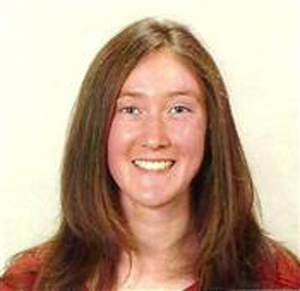Program Information
Four-Dimensional Cone Beam CT for a Small Animal Image Guided Radiation Therapy System Without Use of An External Respiratory Monitoring System
R Martin1*, A Rubinstein1, M Ahmad2, T Pan1, (1) UT MD Anderson Cancer Center, Houston, TX, (2) Stanford University, Stanford, CA
SU-D-144-2 Sunday 2:05PM - 3:00PM Room: 144Purpose: To develop four-dimensional cone beam CT for an image guided radiation system for small animals without the use of external respiration monitoring systems.
Methods: Nine mice were scanned using the cone beam CT capabilities of an X-Rad 225Cx system. The mice were anesthetized with 1.5 to 3% isoflurane and scanned (60 kVp and 4 mA) at a sampling rate of 15 fps and gantry rotation rate of 0.5 rpm to yield a total of approximately 1800 975x975 projection images. The projections were used to obtain a respiratory signal using a modified Amsterdam Shroud method. Inspirations appeared approximately as vertical lines in the Amsterdam Shroud image due to the small ratio of inspiration to expiration times in mice anesthetized with isoflurane. The locations of these lines were extracted using vertical edge detection, dilation and projection onto one dimension. Four-dimensional cone beam CT images (voxel size 0.1 x 0.1 x 0.3 mm) were then obtained using these peak inspirations to sort the projections into 6 phases. The peak inspirations of two mice were manually extracted from the projections to test the peak extraction method.
Results: 4D CBCT images were successfully created for each mouse with minimal streak artifacts. Some blurring in the initial phase was seen due to the sharpness of the inspiration peak. The peak finding algorithm determined the peaks correctly to within an average of 0.7 and 0.4 projections for the first and second mouse, respectively. 82% and 89% of the projections were sorted into the correct phase bin for the two mice.
Conclusion: The four-dimensional CBCT method developed here can be used to analyze lung motion in mice and assist in preclinical targeted radiation therapy studies.
Contact Email:


